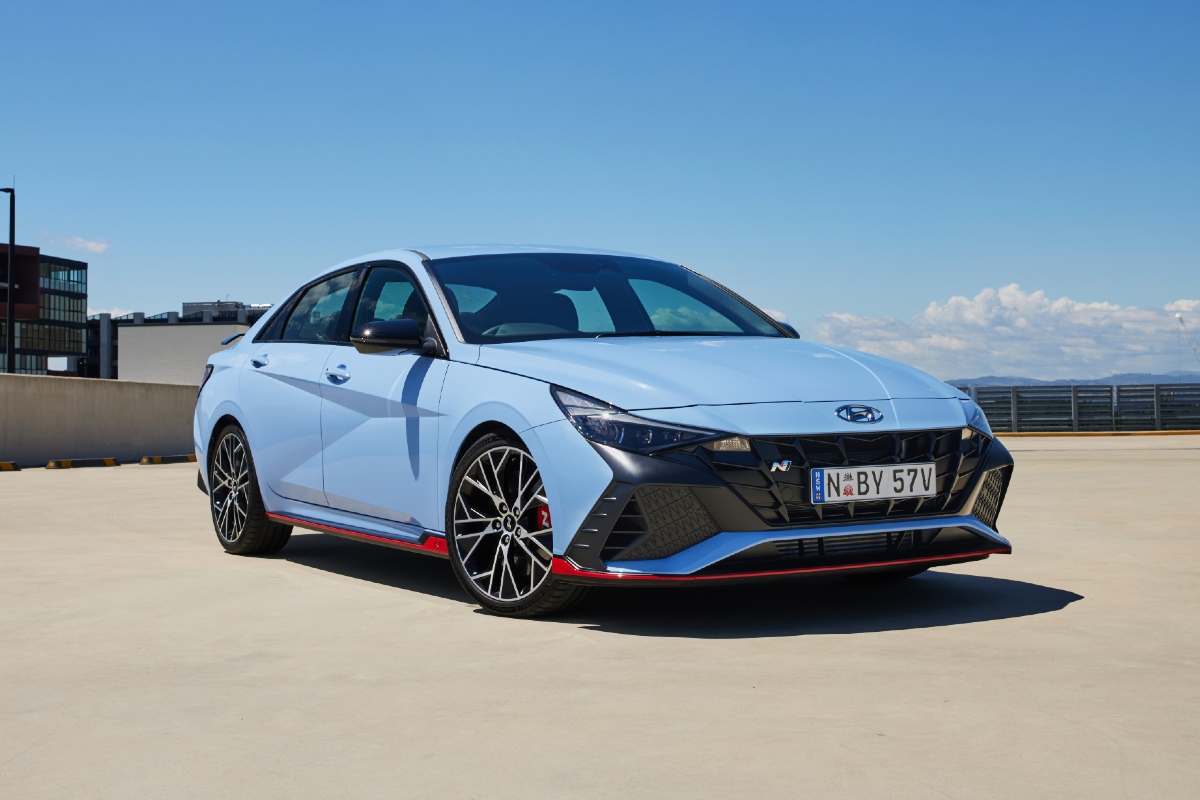The battle between the new car establishment and the rising Chinese car industry has found a new battlefront – safety.
The influx of new brands from China have worked hard to ensure they achieve a five-star rating from ANCAP, the local crash testing authority. However, as active safety systems are not tested in the real-world, they are often poorly calibrated and lead to an annoying series of ‘beeps and bongs’, and other alerts, that can irritate the driver and lead them to being switched off.
READ MORE: The great safety lie we’ve been told | Opinion
This is why more experienced car makers, like Hyundai, are working to improve the integration and calibration of safety systems, to not only achieve a five-star ANCAP score but also make a better, more enjoyable vehicle than their new rivals.

Speaking at the recent launch of the new Hyundai Palisade, Hyundai Australia Chief Operating Officer, Gavin Donaldson, was asked if there was any discussion between the car maker and ANCAP to try and reduce the level of distraction and irritation these active safety systems cause drivers, rather than simply ‘ticking the boxes’.
“That’s a great question,” Donaldson said. “Look, for us, it’s really just about having the safety and the quality of the car. So if it’s five-star, we don’t see it as a ticking the box exercise we see about trying to bring the best safety features we can.”
Donaldson also made it clear that Hyundai Australia is focused on ensuring that every model sold in Australia is rated five-star by ANCAP, after the safety authority has publicly slammed the brand for previous models failing to reach its top rating.
“Our preference is to have all our cars five-star, if we can,” Donaldson said. “Occasionally we don’t, but in our [ideal] scenario, every car that we want to launch, we want to try and get to five-star.”

This is dramatically different position from Hyundai’s previously combative approach to ANCAP, but new local Chief Executive Officer, Don Romano, made it clear why the attitude adjustment.
“It’s a different market,” Romano said, referencing the influx of new brands. “Look what’s happened in the last three years. I mean, we have to differentiate ourselves in every possible way, now, more than ever. I think there’s four more new brands that are not out there today that are gonna be out next year.”
Hyundai has looked to make changes to its active safety features in recent years, both in providing faster and easier ways to turn off some of the more repetitive alerts (such as speed limit warning), while also improving the calibration of the systems in general.
What do you think – Has the amount of active safety systems being too annoying in modern cars? Or are they must-have safety features?












Discussion about this post